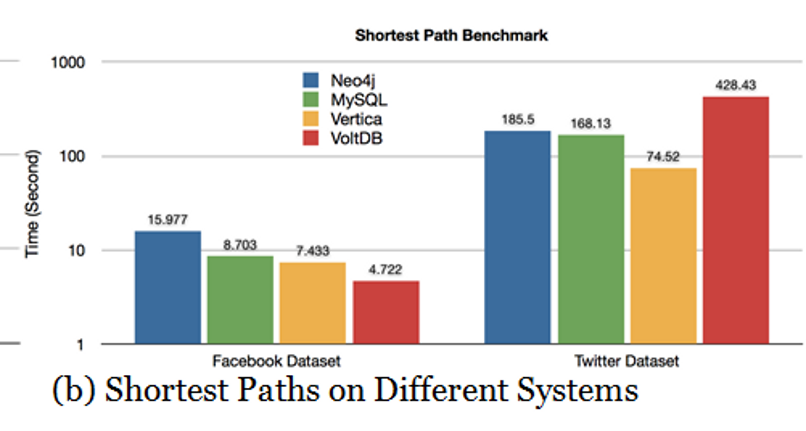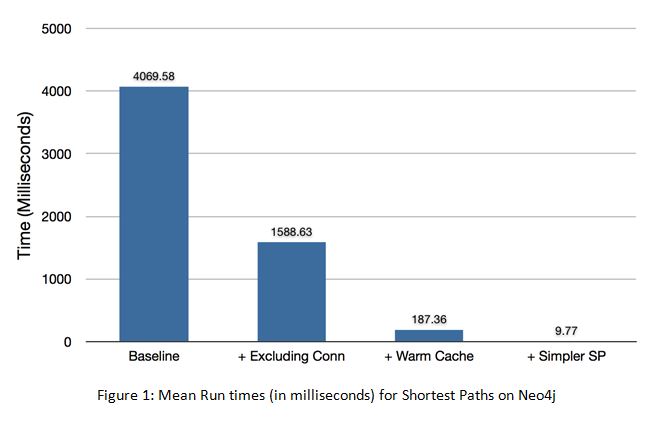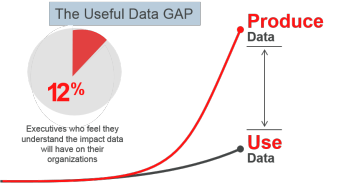Lars Marius Garshol pointed out in Semantic Web adoption and the users the question of “What do semantic technologies do better than non-semantic technologies?” has yet to be answered.
Tim O’Reilly tweeted about Madison Federal today, a resource that raises the semantic versus non-semantic technology question.
In a nutshell, Madison Federal has all the bills pending before the U.S. House of Representatives online.
If you login with Facebook, you can:
- Add a bill edit / comment
- Enter a community suggestion
- Enter a community comment
- Subscribe to future edits/comments on a bill
So far, so good.
You can pick any bill but the one I chose as an example is: Postal Executive Accountability Act.
I will quote just a few lines of the bill:
2. Limits on executive pay
(a) Limitation on compensation Section 1003 of title 39, United States Code,
is amended:
(1) in subsection (a), by striking the last sentence; and
(2) by adding at the end the following:
(e)
(1) Subject to paragraph (2), an officer or employee of the Postal
Service may not be paid at a rate of basic pay that exceeds
the rate of basic pay for level II of the Executive Schedule
under section 5312 of title 5.
What would be the first thing you want to know?
Hmmm, what about subsection (a) of title 39 of the United States Code since we are striking the last sentence?
39 USC § 1003 – Employment policy [Legal Information Institute], which reads:
(a) Except as provided under chapters 2 and 12 of this title, section 8G of the Inspector General Act of 1978, or other provision of law, the Postal Service shall classify and fix the compensation and benefits of all officers and employees in the Postal Service. It shall be the policy of the Postal Service to maintain compensation and benefits for all officers and employees on a standard of comparability to the compensation and benefits paid for comparable levels of work in the private sector of the economy. No officer or employee shall be paid compensation at a rate in excess of the rate for level I of the Executive Schedule under section 5312 of title 5.
OK, so now we know that (1) is striking:
No officer or employee shall be paid compensation at a rate in excess of the rate for level I of the Executive Schedule under section 5312 of title 5.
Semantics? No, just a hyperlink.
For the added text, we want to know what is meant by:
… rate of basic pay that exceeds the rate of basic pay for level II of the Executive Schedule under section 5312 of title 5.
The Legal Information Institute is already ahead of Congress because their system provides the hyperlink we need: 5312 of title 5.
If you notice something amiss when you follow that link, congratulations! You have discovered your first congressional typo and/or error.
5312 of title 5 defines Schedule I of the Executive Schedule, which includes the Secretary of State, Secretary of the Treasury, Secretary of Defense, Attorney General and others. Base rate for Executive Schedule Level I is $199,700.
On the other hand, 5313 of title 5 defines Schedule II of the Executive Schedule, which includes Department of Agriculture, Deputy Secretary of Agriculture; Department of Defense, Deputy Secretary of Defense, Secretary of the Army, Secretary of the Navy, Secretary of the Air Force, Under Secretary of Defense for Acquisition, Technology and Logistics; Department of Education, Deputy Secretary of Education; Department of Energy, Deputy Secretary of Energy and others. Base rate for Executive Schedule Level II is $178,700.
Assuming someone catches or comments that 5312 should be 5313, top earners at the Postal Service may be about to take a $21,000.00 pay reduction.
We got all that from mechanical hyperlinks, no semantic technology required.
Where you might need semantic technology is when reading 39 USC § 1003 – Employment policy [Legal Information Institute] where it says (in part):
…It shall be the policy of the Postal Service to maintain compensation and benefits for all officers and employees on a standard of comparability to the compensation and benefits paid for comparable levels of work in the private sector of the economy….
Some questions:
Question: What are “comparable levels of work in the private sector of the economy?”
Question: On what basis is work for the Postal Service compared to work in the private economy?
Question: Examples of comparable jobs in the private economy and their compensation?
Question: What policy or guideline documents have been developed by the Postal Service for evaluation of Postal Service vs. work in the private economy?
Question: What studies have been done, by who, using what practices, on comparing compensation for Postal Service work to work in the private economy?
That would be a considerable amount of information with what I suspect would be a large amount of duplication as reports or studies are cited by numerous sources.
Semantic technology would be necessary for the purpose of deduping and navigating such a body of information effectively.
Pick a bill. Where would you put the divide between mechanical hyperlinks and semantic technologies?
PS: You may remember that the House of Representatives had their own “post office” which they ran as a slush fund. The thought of the House holding someone “accountable” is too bizarre for words.



